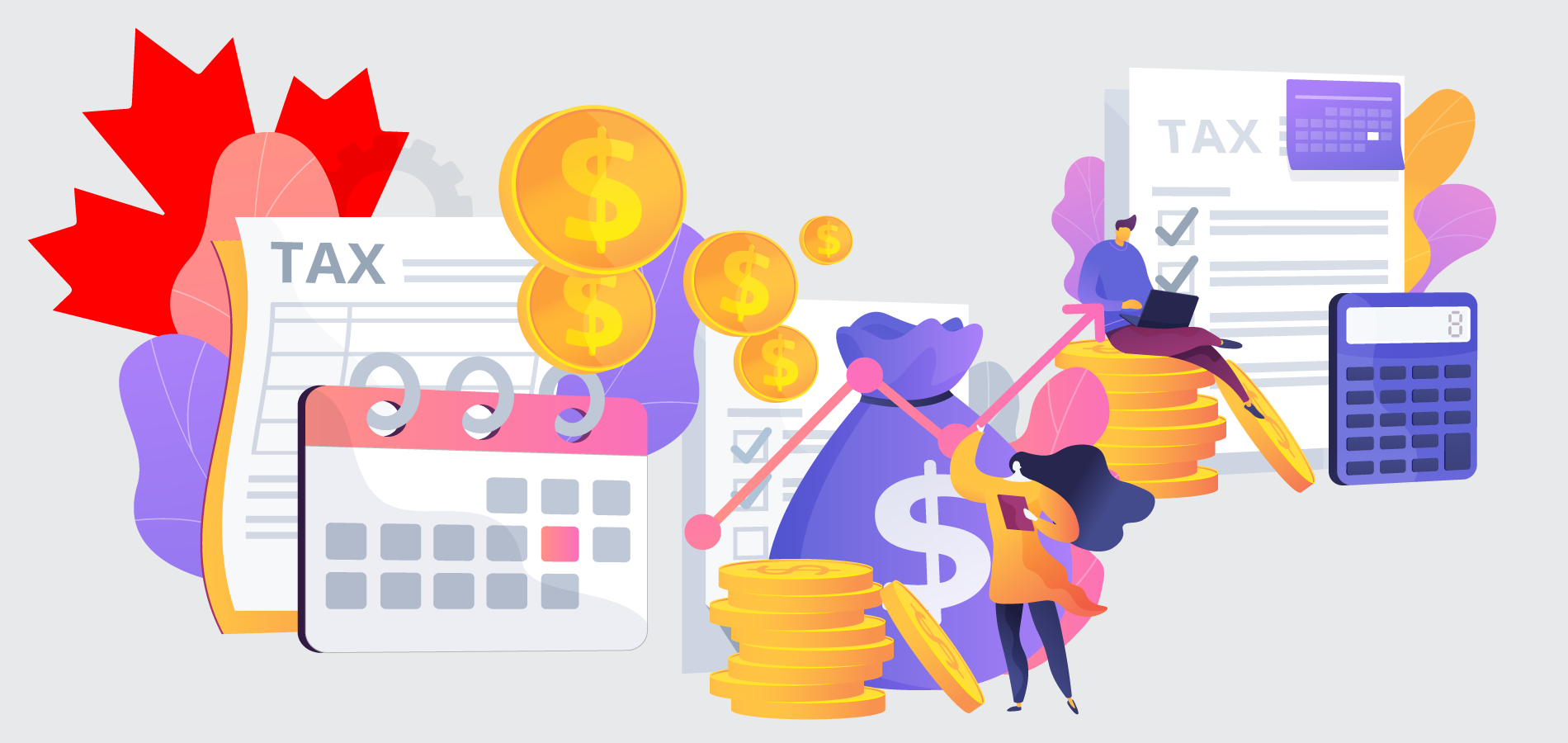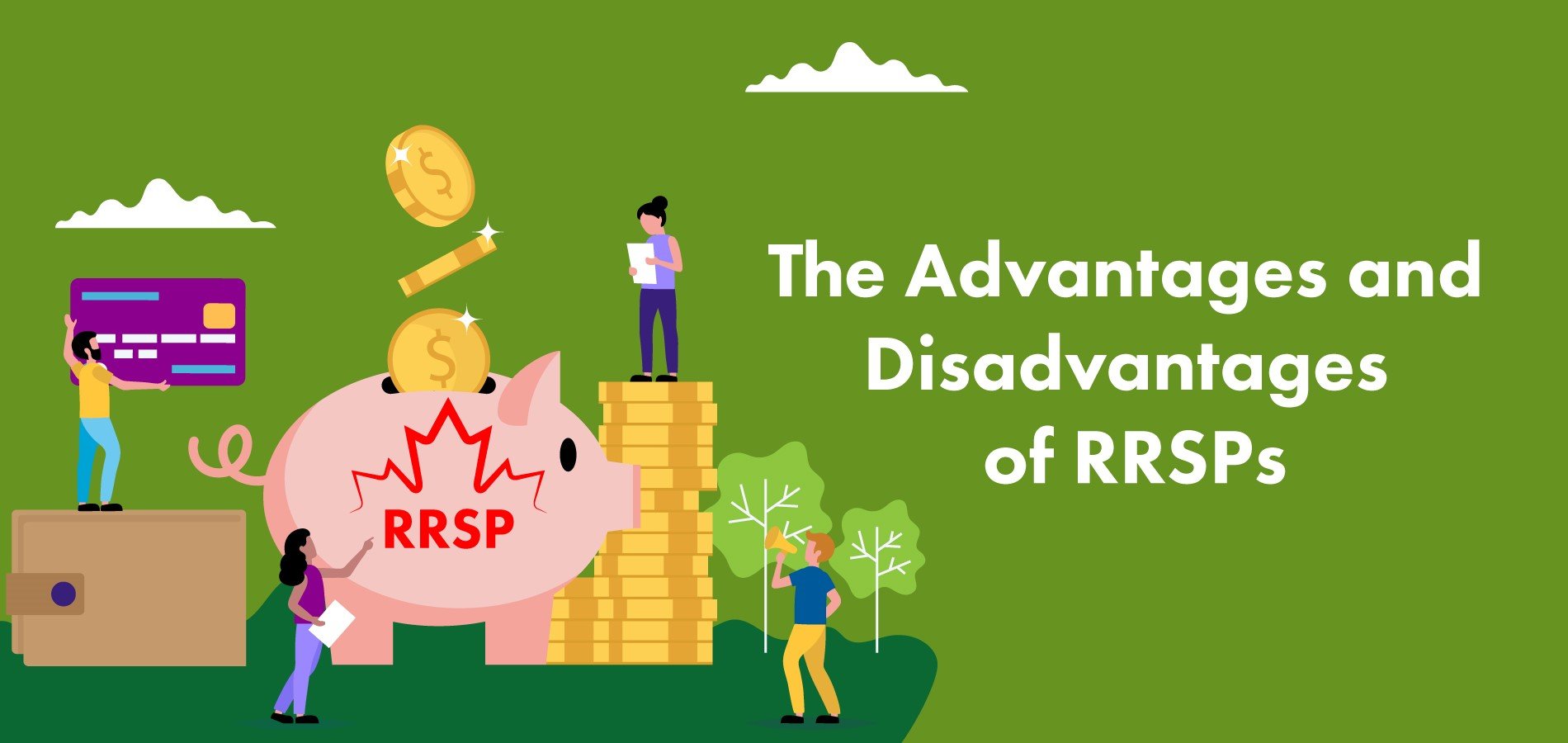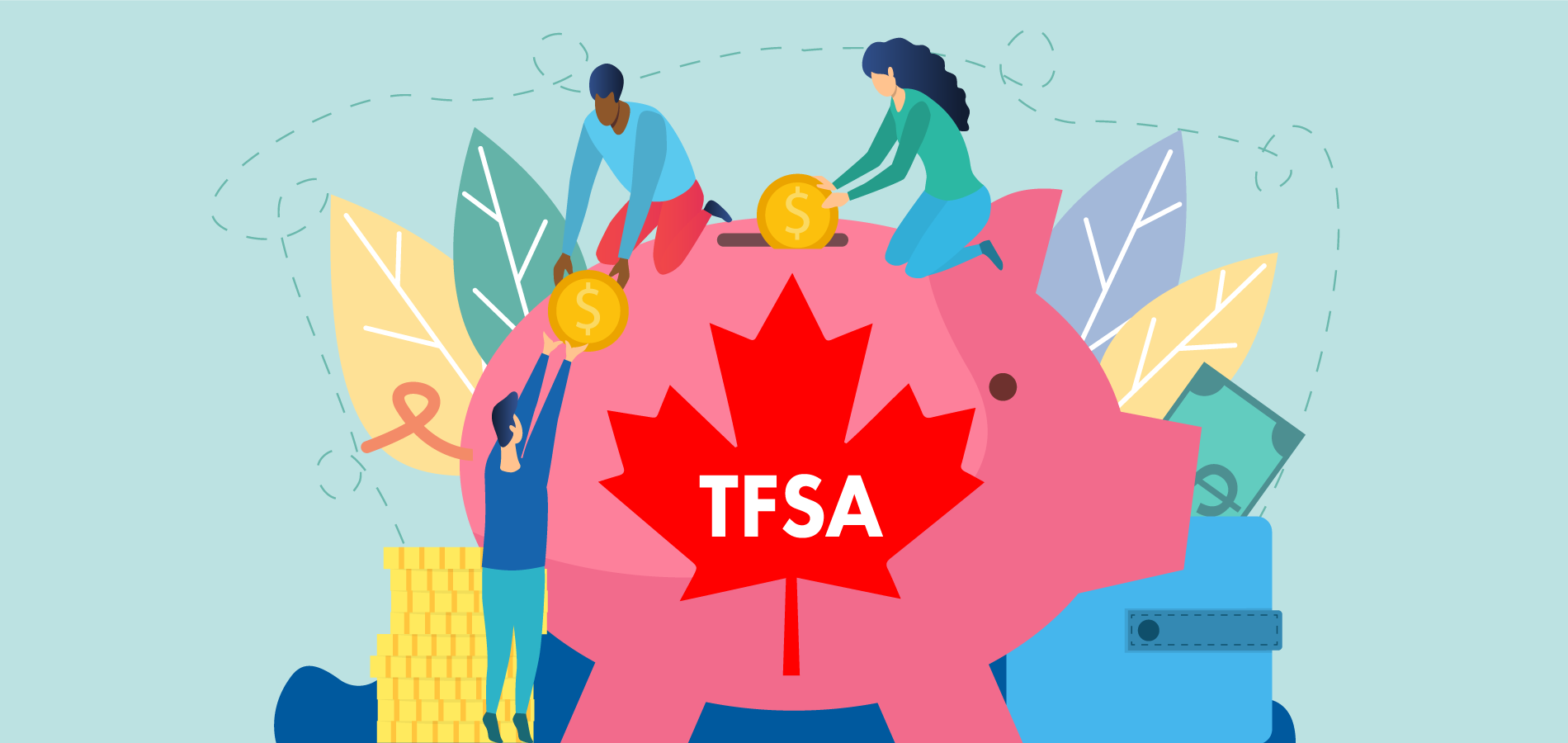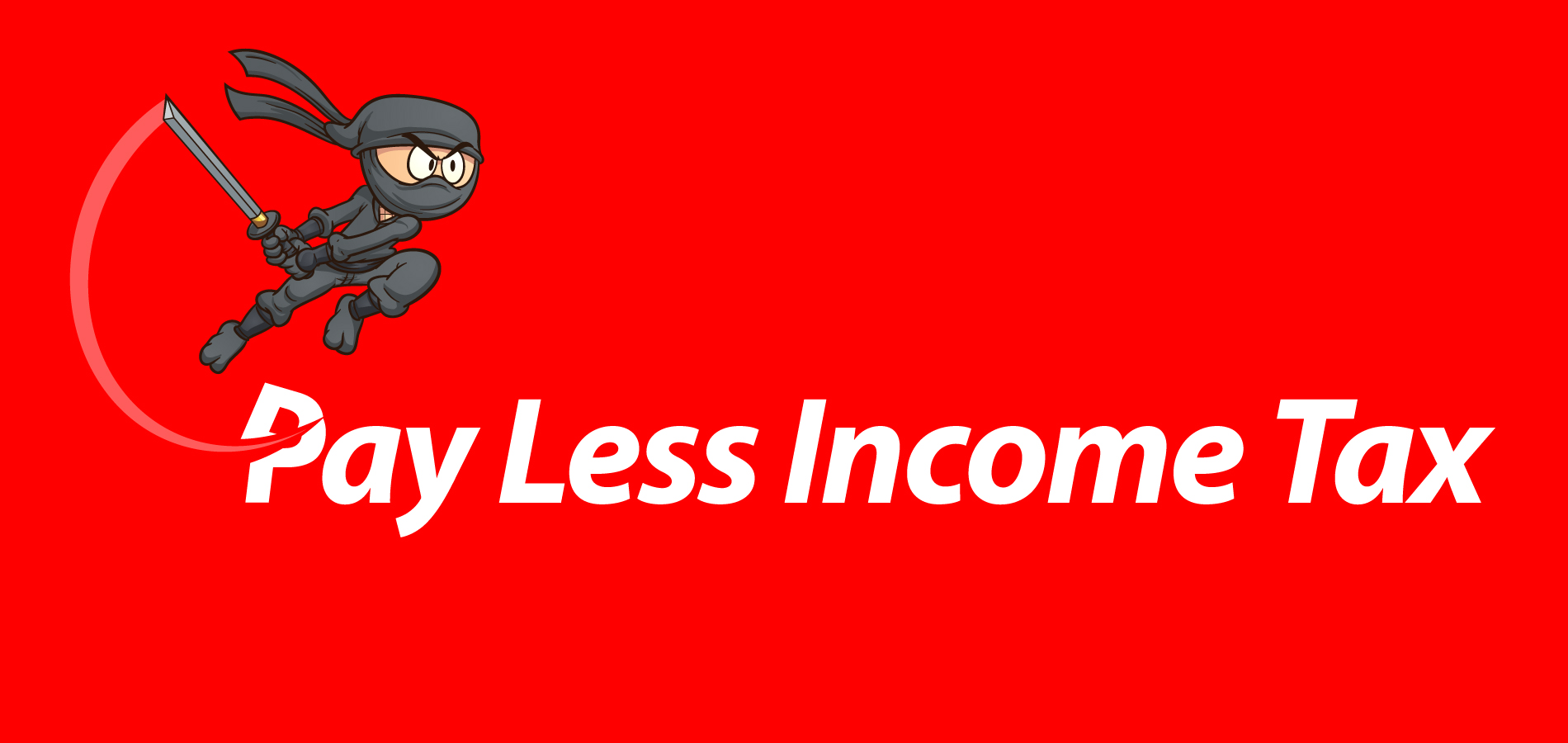No one loves paying income taxes, but they make up about half of the revenue that the federal government needs to deliver services to Canadians. Fortunately, there are ways to reduce the amount of tax that you pay. Read on for more information about how the income tax system works and for some tax-saving tips.
What is income tax?
First, the basics. Income tax is payable on most forms of income, such as wages, self-employment earnings, capital gains and investment dividends.
The good news is that some income is not taxable. This includes lottery winnings (woo-hoo!), most inheritances and gifts, and life insurance payouts.
How much do Canadians pay in taxes? Surprisingly, not all Canadians pay income tax. About a third of tax filers owe nothing at all. The Canada Revenue Agency encourages everyone to file a return, even if your tax bill is zero. That’s because you may be eligible for government programs such as the child tax benefit, GST credits and the Guaranteed Income Supplement.
The deadline to pay your income taxes is April 30 following the tax year. It’s important to submit on time because the government charges penalties for late-filing.
How do tax brackets work in Canada?
Canada has a progressive tax system in which people who earn higher incomes pay more. No one pays tax on the first $13,808 in income – this is known as the basic personal amount.
Income tax rates in Canada are determined by federal tax brackets. The tax rate on the first $49,020 is 15 percent. The highest tax bracket is 33 percent on taxable income above $216,511. It’s important to note that when a taxpayer moves into a higher tax bracket, they only pay tax on the incremental amount, not on their entire income.
These are just the federal tax brackets in Canada. Each province has its own income tax brackets, although the funds are all collected by Ottawa.
How does a tax refund work in Canada?
Most people have tax deducted from their paycheques. Their employer then remits these funds to the federal government. At the end of the year, you file your tax return – and the government will give you a refund if you have paid too much. Lucky you, right? Well, sort of. When you receive a refund, it simply means that the government has kept your money for an entire year without paying you any interest. If you want to reduce the amount of tax deducted each pay period, you can submit a request to CRA using a T1213 form. If approved, this will put more money in your pocket every month, although it will mean a smaller refund when you file your taxes.
How can you reduce your income tax?
Two of the most popular ways to pay less tax are to open a Tax Free Savings Account and/or a Registered Retirement Savings Plan.
RRSPs help you to reduce your current taxes and save for your retirement. That’s because your contributions are tax deductible up to a certain limit depending on your income (check your Canada Revenue Agency notice of assessment for your maximum contribution for this year). High-income earners can contribute up to $27,830 in 2021.
While RRSPs are designed for retirement savings, you can actually withdraw funds at any time. Suppose you need to put a new roof on your house – you can either borrow the money or take some money out of your RRSP. However, you will be hit with a tax withholding on your withdrawal and will have to pay tax on it. So you must decide whether it’s better to draw down your RRSP or borrow for the roof.
How does a tax free savings account work in Canada? Contributions that you make use after-tax funds. In other words, there is no tax deduction like there is with an RRSP. That’s the bad news. The good news is that any dividends and interest that you earn inside a TFSA are not taxed. So you can withdraw the funds at any time without facing a tax hit.
In our example above of needing a new roof, you can take cash out of a TFSA without triggering tax consequences. So if you have both a TFSA and an RRSP, you may prefer to withdraw funds from the TFSA.
The maximum annual contribution to a TFSA is $6,000 per year. However, if you have not deposited funds in previous years, your contribution room grows annually.
How does a tax deduction work in Canada?
In addition to TFSAs and RRSPs, there are other ways to reduce your taxes. These are called tax deductions.
Some of the key tax deductions are:
-
Child care expenses: You can deduct the cost of daycare and camps for your children. These can be costly so be sure to keep receipts and add them to your tax return.
-
Tuition: Students can deduct tuition fees and living costs up to a certain amount. However, since most students earn little money, they don’t usually need this deduction and can transfer it to a parent. Post-secondary education is expensive so be sure to take advantage of this deduction.
-
Moving expenses: If you are moving out of the area to take a job, you can deduct moving costs. Sorry, you can’t deduct this if you are just moving across town.
-
Support payments paid to your spouse: If you are separated and making payments to your spouse for alimony or child support, these payments may be deductible. There are specific legal requirements so check the rules to see if you are eligible.
These are just some of the available tax deductions. Check the CRA website for a complete list.
How does a tax credit work in Canada?
Tax credits reduce the tax you pay on your taxable income. There are two types – refundable and non-refundable. Refundable credits mean that if you have zero taxable income the government will send you a cheque for the credits. With non-refundable credits, you can eliminate your tax payable but won’t be paid for any remaining credits.
Most tax credits are non-refundable. These include tuition, caregiver amounts, medical expenses and charitable donations.
GST/HST is one tax credit that is refundable. If you are eligible, the government will send you a cheque or direct deposit for the credit.
There is a wide range of tax credits, including special amounts for volunteer firefighters and members of the military. When you are completing your tax return, be sure to apply for everything that fits your situation!
Are you incorporated in Canada?
Small business owners and incorporated individuals in Canada can use a Health Spending Account (HSA) to save on their medical expenses. An HSA is a cost effective alternative to traditional health insurance. The plan covers a wide variety of health and dental expenses. You could save thousands of dollars in taxes with an HSA.





